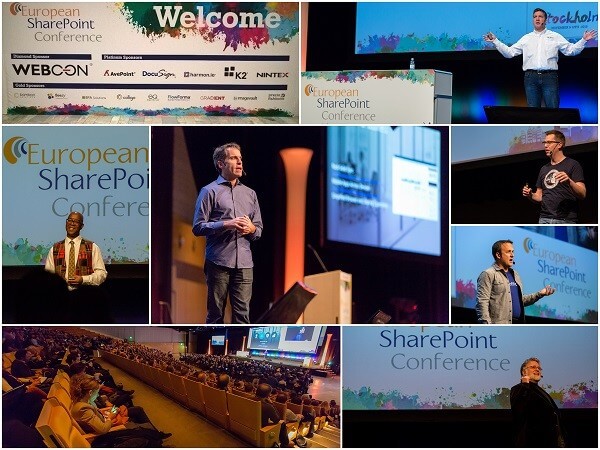Migration is not just a technical activity – it is a
metamorphosis. More and more companies are beginning to understand
this as they hear stories from the field, learning from the
experiences of those who have made early migrations to SharePoint
2010. While Microsoft would love to see everyone make the jump to
2010 (and renew their enterprise licenses along the way), many
companies are actually slowing their upgrade plans in
order to spend more time planning. They are thinking more about the
impacts, about what needs to happen to allow them to maximize the
value of their SharePoint investments, and to take advantage of
this move as an opportunity to rebuild, redesign and transform.
But where should companies start? On which areas should they
focus their planning?
Based on recent interactions with several customers in the midst
of migrations, I’ve come up with a short list of things that every
company should be doing as part of their planning process. The list
is not all-inclusive, but it is a place to begin:
- Consolidate your content types.
As you review your existing environment, this should be one of the
first steps – especially if you plan to deploy the Managed Metadata
Service. A clear map of your content types, the sites that consume
them, and the teams / admins who own them will help propagate your
MMS plan. - Clean up your folder structures.
One of the major shifts in SP2010 is to move from folders to
metadata. While metadata and taxonomy should drive much of your
architecture, there may be organizational and business process
reasons for retaining folders. Flatten what you can, but understand
the requirements. - Refine your keyword taxonomy.
As with content types and folders, it is important to outline your
top-level taxonomy, and work with your teams and business units to
delve into the site and site-collection-specific keywords. Just
understand that this is an iterative process which will continue on
past your 2010 deployment. - Standardize your site structure and templates.
One of the huge benefits of the service application model is the
ability to centrally manage templates and structure, while allowing
people the freedom to create and collaborate within that structure.
For the long-term health of your environment (and future upgrades),
standardize as much as possible, and always create your
templates following best practices and within the SharePoint
framework. - Build a consistent navigation.
Do you see a theme here? Migration is a great opportunity to clean
up, simplify and unify your navigation so that it makes sense to
your users, helping them find the right content – in a logical site
structure.
These are just some of the basic steps to transforming your
legacy SharePoint environments as you prepare to migrate to
SharePoint 2010. Obviously, there is much more to do – and should
all be based on a sound SharePoint Strategy that includes
architecture, infrastructure, taxonomy and content metadata
planning, training, and of course – user adoption. Hopefully this
gives you a place to start down your planning and migration
path.
SharePoint Conference to learn about more planning and
transformation steps.
Christian Buckley is Director of Product Evangelism for Axceler
(www.axceler.com), where he drives partner and community
development. Christian previously worked at Microsoft as part of
the enterprise hosted SharePoint platform team (now part of BPOS),
and led an engineering team in advertising operations. Prior to
Microsoft, Christian was managing director of a regional consulting
firm in the San Francisco East Bay, participated in several
startups, and worked with IBM, HP, Cisco, Matsushita, Solectron,
Seagate and other large hi-tech and manufacturing firms to deploy
collaboration and supply chain solutions. He is co-author of three
books on IBM Rational Software configuration management and defect
tracking solutions, and can be found online at www.buckleyplanet.com and
www.twitter.com/buckleyplanet
Come to the European SharePoint Conference in Dublin. Register
Now:











